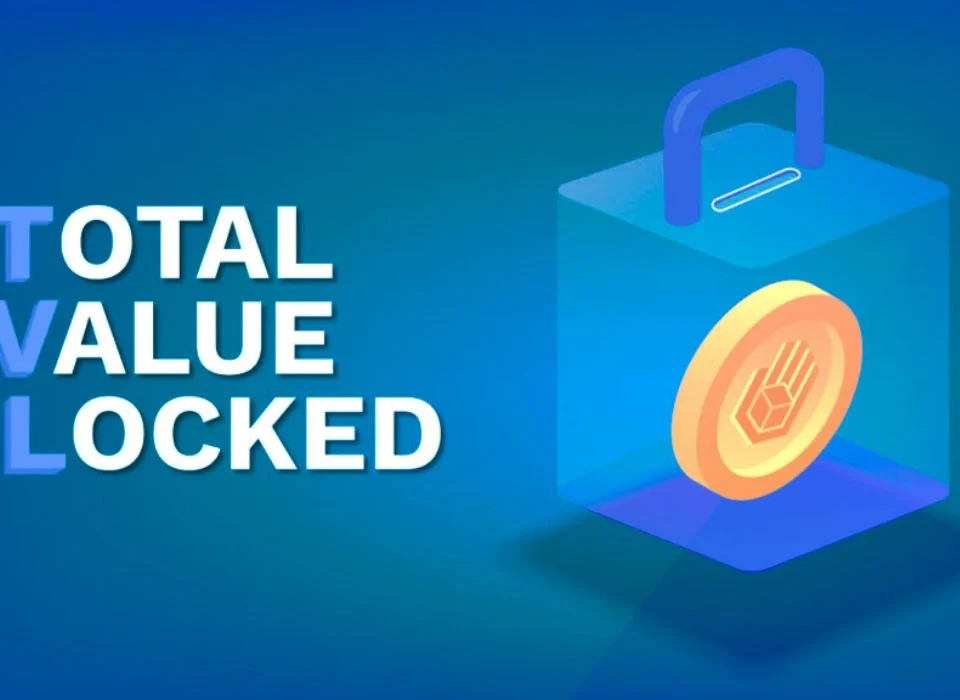
How to Conduct Technical Analysis for Cryptocurrencies
17/07/2024
The Intersection of Cryptocurrency and Traditional Finance
17/07/2024How to Use Crypto Lending and Borrowing Platforms
Crypto lending and borrowing platforms have revolutionized the financial landscape by providing new ways to generate income and access liquidity. This comprehensive guide will explain how these platforms work, their benefits and risks, and a step-by-step guide on how to use them effectively.
Introduction to Crypto Lending and Borrowing
Crypto lending and borrowing platforms allow users to lend their digital assets to earn interest or borrow assets by using their cryptocurrency as collateral. These platforms leverage blockchain technology to facilitate peer-to-peer lending without traditional financial intermediaries.
Why Use Crypto Lending and Borrowing Platforms?
- Earn Interest: Lenders can earn a significant return on their idle cryptocurrency holdings.
- Access Liquidity: Borrowers can access liquidity without selling their assets.
- Decentralized Finance (DeFi): Many platforms operate in a decentralized manner, providing more control and transparency.
- Variety of Assets: Platforms support a wide range of cryptocurrencies and stablecoins.
How Crypto Lending Works
Lending Process
- Deposit Funds: Lenders deposit their cryptocurrency into the platform.
- Matching Borrowers: The platform matches lenders with borrowers.
- Interest Payments: Borrowers pay interest periodically, which is then distributed to lenders.
- Withdrawal: Lenders can withdraw their principal and earned interest at the end of the loan term.
Interest Rates
Interest rates on crypto lending platforms are typically higher than traditional savings accounts due to the higher risk and the volatility of cryptocurrencies. Rates can be fixed or variable, depending on the platform and market conditions.
How Crypto Borrowing Works
Borrowing Process
- Collateral Deposit: Borrowers deposit cryptocurrency as collateral.
- Loan Approval: The platform assesses the collateral and approves the loan.
- Receive Funds: Borrowers receive the loan amount in their preferred cryptocurrency or stablecoin.
- Repayment: Borrowers repay the loan with interest within the agreed term.
- Collateral Return: Once the loan is repaid, the collateral is returned to the borrower.
Loan-to-Value (LTV) Ratio
The LTV ratio determines how much a borrower can borrow relative to the value of their collateral. A lower LTV ratio indicates less risk for the lender. For example, an LTV ratio of 50% means that for every $100 of collateral, the borrower can receive $50 in a loan.
Key Features of Crypto Lending and Borrowing Platforms
Security
- Smart Contracts: Many platforms use smart contracts to automate and secure transactions.
- Custodial vs. Non-Custodial: Custodial platforms hold users’ funds, while non-custodial platforms allow users to retain control of their private keys.
Transparency
- On-Chain Data: Transactions are recorded on the blockchain, providing transparency.
- Open-Source Protocols: Some platforms operate on open-source protocols, allowing anyone to audit the code.
Flexibility
- Multiple Assets: Platforms support various cryptocurrencies and stablecoins.
- Flexible Terms: Users can choose loan terms that suit their needs.
Popular Crypto Lending and Borrowing Platforms
Aave
Aave is a decentralized lending protocol that allows users to lend and borrow a wide range of cryptocurrencies. It offers features such as flash loans and aTokens, which earn interest in real-time.
Compound
Compound is another decentralized protocol that supports multiple cryptocurrencies. It automatically adjusts interest rates based on supply and demand, and users can earn COMP tokens as rewards.
BlockFi
BlockFi is a centralized platform that offers competitive interest rates on various cryptocurrencies and stablecoins. It also provides a crypto-backed loan service with flexible repayment options.
Celsius Network
Celsius Network is a centralized platform known for offering high-interest rates on deposits and low-interest rates on loans. It supports a wide range of cryptocurrencies and stablecoins.
Benefits of Using Crypto Lending and Borrowing Platforms
For Lenders
- High Returns: Earn higher interest rates compared to traditional savings accounts.
- Passive Income: Generate passive income from idle assets.
- Diversification: Diversify income streams by lending different types of cryptocurrencies.
For Borrowers
- No Credit Checks: Borrowers can access funds without credit checks.
- Liquidity without Selling: Access liquidity without having to sell valuable assets.
- Low Interest Rates: Some platforms offer competitive interest rates, especially for over-collateralized loans.
Risks Involved
Volatility
Cryptocurrencies are highly volatile, which can affect the value of collateral and loans. Sudden price drops can lead to margin calls and liquidation of collateral.
Platform Security
The security of the platform is crucial. Hacks or smart contract bugs can result in loss of funds.
Regulatory Risks
The regulatory landscape for cryptocurrencies is still evolving. Changes in regulations can impact the operation of lending and borrowing platforms.
Counterparty Risk
There is always a risk that the borrower might default on the loan. Platforms typically mitigate this by over-collateralization.
How to Use Crypto Lending and Borrowing Platforms
Step-by-Step Guide for Lenders
- Choose a Platform: Research and select a reputable platform that suits your needs.
- Create an Account: Sign up and complete any required verification.
- Deposit Funds: Deposit your chosen cryptocurrency into the platform.
- Set Lending Terms: Specify the amount and term for lending.
- Earn Interest: Monitor your account and watch your interest grow.
- Withdraw Funds: Withdraw your principal and earned interest at the end of the loan term.
Step-by-Step Guide for Borrowers
- Choose a Platform: Select a platform with favorable loan terms.
- Create an Account: Sign up and complete the verification process.
- Deposit Collateral: Deposit the required cryptocurrency as collateral.
- Request a Loan: Specify the loan amount and term.
- Receive Funds: Receive the loan amount in your chosen cryptocurrency or stablecoin.
- Repay the Loan: Make regular repayments as per the loan agreement.
- Retrieve Collateral: Once the loan is fully repaid, retrieve your collateral.
Advanced Strategies
Yield Farming
Yield farming involves lending and borrowing assets across multiple platforms to maximize returns. This strategy can be complex and requires a good understanding of the market.
Staking and Lending
Some platforms allow you to stake your cryptocurrency and lend it simultaneously. This can provide dual income streams but comes with added risk.
Arbitrage
Arbitrage involves taking advantage of differences in interest rates across platforms. By borrowing at a lower rate on one platform and lending at a higher rate on another, you can generate profit.
Best Practices
Research
Thoroughly research the platform you intend to use. Check for security features, user reviews, and regulatory compliance.
Diversify
Diversify your lending and borrowing across multiple platforms and assets to spread risk.
Monitor Market Conditions
Keep an eye on market conditions and adjust your strategy accordingly. Volatility can affect your collateral and loan value.
Understand Terms
Ensure you fully understand the terms and conditions of the loan agreement, including interest rates, repayment schedule, and penalties for default.
Conclusion
Crypto lending and borrowing platforms offer innovative financial solutions for both lenders and borrowers. By understanding how these platforms work, the benefits and risks involved, and following best practices, you can effectively utilize these platforms to achieve your financial goals. Whether you aim to earn passive income or access liquidity, crypto lending and borrowing can be a valuable addition to your financial strategy.



